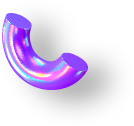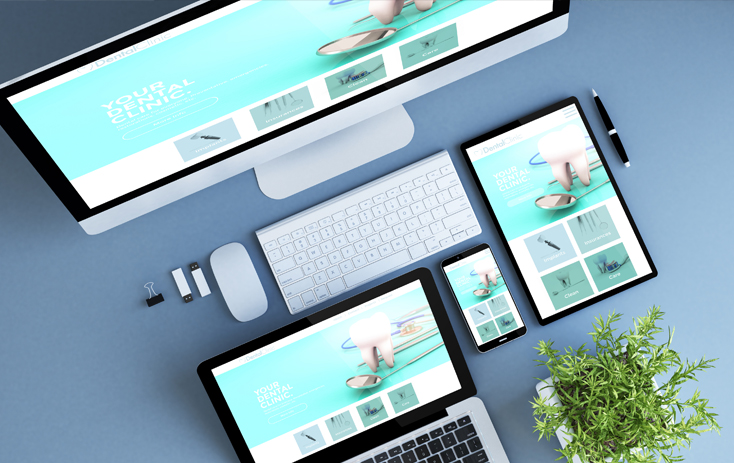Introduction: Importance of Staying Updated with Trends
In the ever-evolving digital landscape, keeping up with the latest website design trends is crucial for maintaining a competitive edge and providing a seamless user experience. Staying updated not only enhances the visual appeal of your website but also ensures that it remains functional and user-friendly. As we step into 2024, several emerging trends are set to dominate the web design industry.
Trend 1: Dark Mode Design
Dark mode has been gaining popularity over the past few years, and it’s expected to be even more prevalent in 2024. Dark mode not only reduces eye strain for users but also gives websites a sleek, modern look. It enhances the visibility of other design elements and makes the content stand out. Many major websites and applications, including Facebook and Twitter, offer dark mode options, and this trend is likely to continue growing.
Trend 2: Minimalism and Simplicity
Less is more. Minimalistic design focuses on simplicity and clarity, eliminating unnecessary elements that can distract users. By using ample white space, clean lines, and simple color palettes, minimalistic websites are easier to navigate and provide a more pleasant user experience. This trend emphasizes functionality and user-centric design, making it a favorite among designers.
Trend 3: Micro-Animations and Interactions
Micro-animations are small, subtle animations that enhance the user experience by providing feedback and visual cues. These animations guide users through a website, highlight important elements, and make interactions more engaging. From hover effects to loading animations, micro-animations add a layer of interactivity that keeps users engaged and enhances the overall aesthetic of the website.
Trend 4: Asymmetrical Layouts
Asymmetrical layouts break away from traditional grid-based designs, offering a more dynamic and unconventional approach. This trend allows designers to create visually interesting compositions that draw users’ attention. Asymmetrical layouts can make a website look more unique and creative, providing a refreshing change from the standard, symmetrical designs.
Trend 5: Custom Illustrations and Graphics
Custom illustrations and graphics are a powerful way to add personality and uniqueness to a website. Unlike stock images, custom illustrations are tailored specifically to a brand, making it stand out and creating a more memorable user experience. This trend is especially popular among businesses looking to convey a friendly and approachable image.
Trend 6: Bold Typography
Typography plays a crucial role in web design, and bold, eye-catching fonts are set to dominate in 2024. Using large, bold typography can create a strong visual impact and help convey key messages effectively. This trend often involves combining bold fonts with minimalistic designs to ensure readability and a clean look.
Trend 7: Immersive 3D Elements
Advancements in web technologies have made it possible to incorporate 3D elements into web design. Immersive 3D graphics can create a more engaging and interactive experience for users. From 3D product models to interactive animations, this trend offers endless possibilities for making websites more visually appealing and interactive.
Trend 8: Voice-Activated Interfaces
With the rise of smart speakers and voice assistants, voice-activated interfaces are becoming increasingly relevant. Integrating voice search and voice commands into websites can enhance accessibility and provide a more intuitive user experience. This trend is particularly useful for improving the usability of websites for users with disabilities.
Trend 9: Augmented Reality (AR) Experiences
AR technology is revolutionizing the way users interact with websites. By overlaying digital information onto the real world, AR can create immersive and interactive experiences. For example, e-commerce websites can use AR to allow customers to visualize products in their own environment before making a purchase. This trend is set to grow as AR technology becomes more accessible.
Trend 10: Sustainable and Eco-Friendly Design
As environmental concerns continue to rise, sustainable and eco-friendly web design is gaining traction. This trend focuses on reducing the carbon footprint of websites by optimizing performance, using eco-friendly hosting services, and minimizing resource usage. Sustainable design also includes creating content that promotes environmental awareness and encouraging eco-friendly practices among users.
Conclusion: How to Implement These Trends
Staying updated with the latest web design trends is essential for creating websites that are not only visually appealing but also functional and user-friendly. As you consider incorporating these trends into your designs, remember to prioritize user experience and accessibility. Experiment with dark mode, embrace minimalism, and explore the possibilities of micro-animations and custom illustrations. By staying ahead of the curve and adopting these trends, you can create a modern, engaging, and effective website that meets the needs of your users in 2024 and beyond.

